May 16, 2025 | 10:00 GMT +7
May 16, 2025 | 10:00 GMT +7
Hotline: 0913.378.918
May 16, 2025 | 10:00 GMT +7
Hotline: 0913.378.918
The objectives and aspirations of stakeholders regarding marine aquaculture have found a common voice at the Sustainable Marine Aquaculture Development Conference held in Quang Ninh recently.
The term "ecosystem" here includes two aspects: the onshore aquaculture environment, which encompasses the cohesive mechanisms and policies issued by management authorities; infrastructure and support services on land... to serve aquaculture. The second aspect is the ecosystem at sea, including farming areas, water surfaces, and natural water environments suitable for cultured species; waste treatment issues in aquaculture to protect the environment...
These interconnected factors form a seamless and comprehensive process, serving as a prerequisite for sustainable aquaculture, which can then develop into an industry.
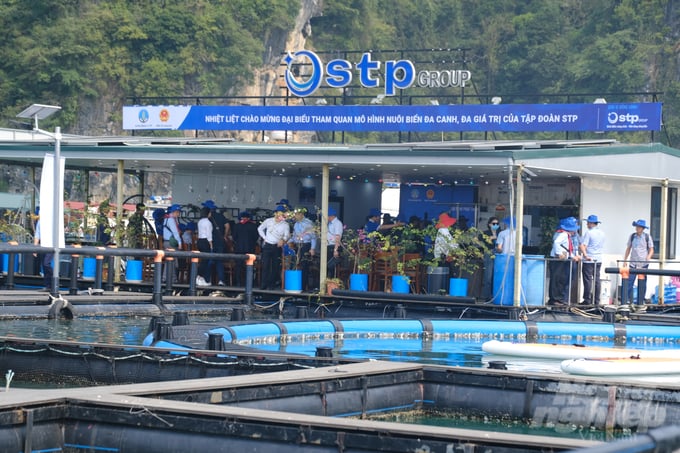
The model of multi-crop, multi-value sea farming in Bai Tu Long Bay by STP Group. Photo: Kien Trung.
These are the expectations of investors and the desires of managers, experts, and scientists towards the goal of developing the seafood industry as the pillar of the coastal economy.
As one of the large-scale marine aquaculture investors in Van Don, STP Group has chosen to engage in multi-crop, advanced infrastructure marine farming using modern technology. Ms. Nguyen Thi Hai Binh - CEO of STP Group stated: The multi-crop, multi-value farming model combining seaweed and oysters is bringing significant value to the aquaculture industry, contributing to the economic growth of the agricultural sector. Seaweed and oysters are two complementary species in aquaculture that promote each other's growth. When these two species are combined, the ability to clean seawater is greatly enhanced compared to farming only one species.
STP Group is the first enterprise to research and apply seaweed farming in Quang Ninh waters. This enterprise has specialized in seaweed farming on a 3-ha scale, harvesting three crops per year and keeping breeding stock from October to February of the following year. Each ha is stocked with 13 vertical lines, each line containing 400 horizontal lines, each horizontal line containing 8-9 seaweed bushes, and each bush planted with 150 - 200 grams of seedlings. The vertical lines for seaweed farming have a structure similar to oyster lines, anchored with HDPE floats.

The product of seaweed co-cultivated with oysters by STP Group. Photo: Tung Dinh.
Furthermore, STP Group has successfully experimented with the co-cultivation model of seaweed with milk oysters. In this co-cultivation system, seaweed regulates and filters water while oysters release nutrients, providing additional food for the seaweed. Thanks to this symbiotic relationship, both species grow rapidly and healthily. The results show that the seaweed grows rapidly, with each bush reaching an average weight of 3kg, and each line can yield 7-8 tons per crop. Co-cultivation is a way of "putting eggs in two baskets," allowing fishermen to have additional aquaculture opportunities, increasing economic value, while also reducing reliance on oysters as it is currently.
"Quang Ninh province is developing a strategy for the sustainable development of the seafood industry, providing stable and long-term aquatic areas for aquaculture. STP sees this as an opportunity to invest systematically and replicate the model of aquaculture farms combined with experiential tourism. Along with multi-cropping to create multiple values, we also focus on applying modern aquaculture technology to professionalize production", said Ms Nguyen Thi Hai Binh.
Recently, Quang Ninh province has been restructuring aquatic areas to create clean water areas, thereby allocating stable and long-term aquatic areas for aquaculture, avoiding overlap and encroachment between different aquatic zones.
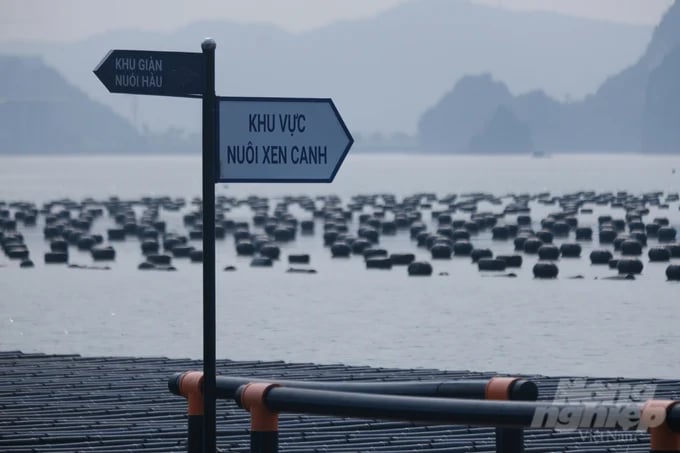
Quang Ninh is striving to establish a legal environment and sustainable aquaculture areas to attract investment in marine aquaculture. Photo: Tung Dinh.
Mr Nguyen Minh Son - Director of the Department of Agriculture and Rural Development of Quang Ninh Province affirmed: "To develop the aquaculture industry, Quang Ninh Province commits to simplify environmental licensing procedures and allocate marine aquaculture areas; provide local authorities with map data to assist organizations and individuals in preparing dossiers for allocation according to regulations. Local authorities need to coordinate with the Department of Agriculture and Rural Development to support investors from the stage of preparing investment project dossiers... The province also commits to creating the most favourable conditions for enterprises investing in marine aquaculture in the locality, with the goal of making Quang Ninh a centre for marine aquaculture."
Quang Ninh province currently has 16 aquaculture seed production and supply facilities for the market inside and outside the province, with about 3 billion seedlings per year. There are 5,556 fishing vessels, implementing the consistent policy of "reducing fishing, increasing aquaculture," with the offshore fishing fleet decreasing slightly and the nearshore fishing fleet decreasing rapidly.
In addition to the strength and potential of marine aquaculture areas, Quang Ninh is building competitive advantages in policies to create an attractive investment environment by promoting administrative procedure reform, minimizing the time for investment procedures, implementing compensation and land clearance work quickly, and maximizing conditions for investors to access land...
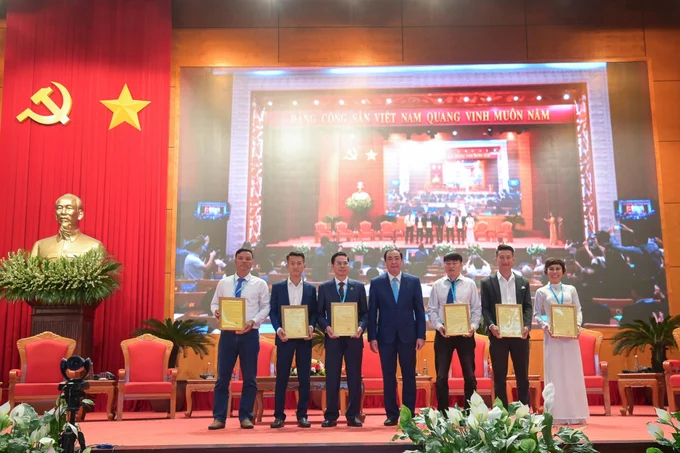
Quang Ninh province has issued marine aquaculture certificates to 6 cooperatives and enterprises, the first marine aquaculture entities in Van Don district. Photo: Kien Trung.
With a sea area of over 6,000 km2 and an aquaculture area of over 45,000 ha, accounting for over 15% of the total aquaculture area nationwide, Quang Ninh has completed documents to attract investment in marine aquaculture in the province, showing that the total area attracting investment in marine aquaculture in Quang Ninh is 13,421 ha.
With the perspective of developing aquaculture towards ecological, green, and clean practices, coupled with modern production processes leveraging the potential and advantages of coastal areas, Quang Ninh province has set its sights on modern and sustainable development by 2030. The provincial leadership commits to creating the most favourable conditions for investors, especially those with advanced scientific and technological capabilities in aquaculture, to come to Quang Ninh and together explore the vast sea.

These natural advantages are helping Quang Ninh emerge as the largest aquaculture centre in the Northern region. Photo: Thai Binh
Translated by Hoang Duy
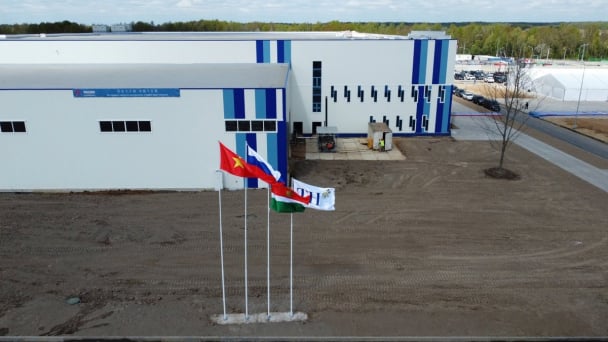
(VAN) Vietnam’s TH Group officially put its high-tech fresh milk processing plant into operation in the Russian Federation, marking a historic moment as the first TH true MILK cartons were produced in Russia.
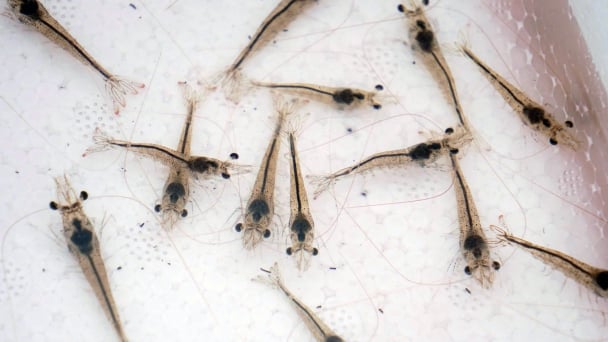
(VAN) Use of high-quality broodstock and biotechnology is regarded as the most effective approach to ensuring sustainable and economically viable shrimp aquaculture ahead of climate change and the emergence of increasingly intricate disease patterns.
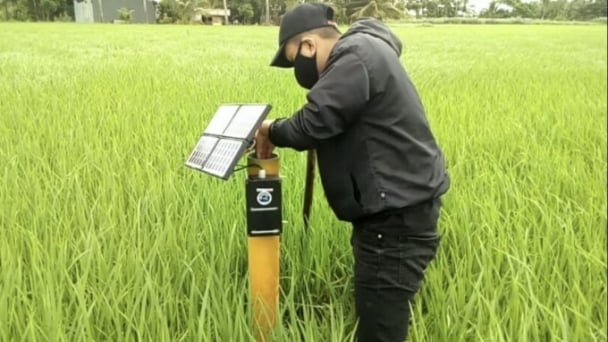
(VAN) Carbon farming is a form of agricultural practices that helps absorb more greenhouse gases than it emits, through smart management of soil, crops, and livestock.
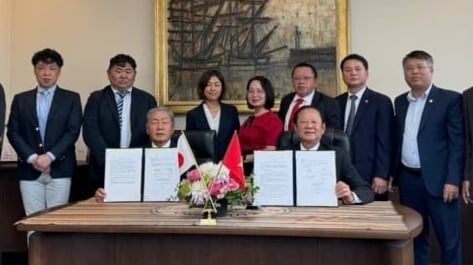
(VAN) This is a key content of the Memorandum of Understanding recently signed between the Vietnam Fisheries Society and Kunihiro Inc of Japan.
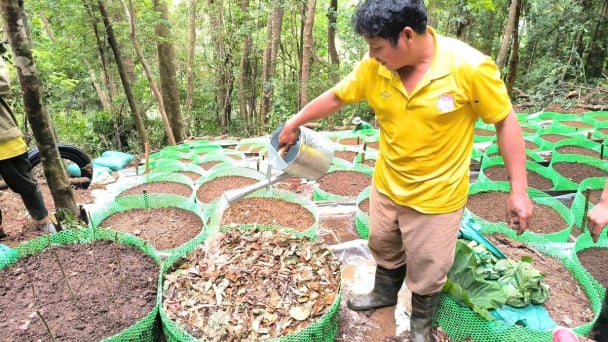
(VAN) To achieve the goal, local authorities and businesses in Kon Tum province have fully prepared the necessary conditions for the new Ngoc Linh ginseng planting season.
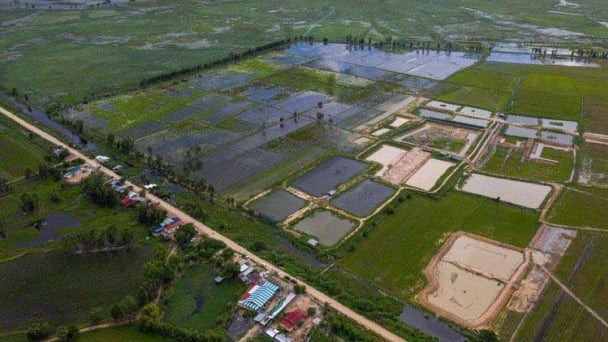
(VAN) Jiangsu province is gearing up to host training programs in Phnom Penh, the capital of Cambodia, this year to establish the Fish and Rice Corridor.
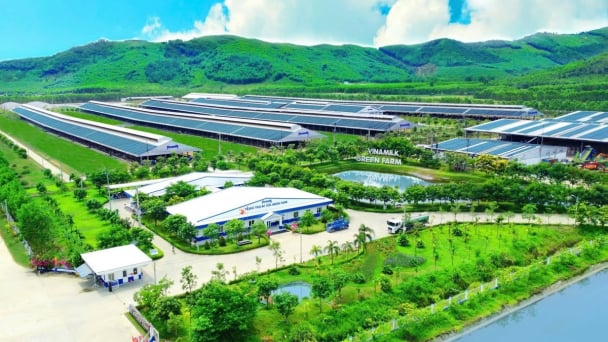
(VAN) Le Hoang Minh, representing Vinamilk, shared the company's experience in energy saving and green energy transition for production at a workshop held during the P4G Summit.